
Why Do We Celebrate Navratri? The Story Made Simple for 2025
- 23 Apr, 2025
- Religious
- 442 Views
- 0 Comments
At its core, Navratri celebrates the victory of good over evil. The main story revolves around Goddess Durga, the fierce and compassionate warrior goddess who battled a mighty demon named Mahishasura.
1. Who Was Mahishasura?
Mahishasura was a powerful demon with the ability to shape-shift. He had a unique gift—any man or god could not kill him. He thought this made him invincible. With this power, he began spreading chaos, defeating gods, and taking over the heavens.
2. Enter: Goddess Durga
To stop him, the gods combined their energies and created a divine feminine power—Durga. She was powerful, majestic, and unstoppable. Armed with weapons given by various gods, she rode a lion and took on Mahishasura in a battle that lasted nine days and nights.
On the tenth day, Durga finally defeated Mahishasura. That day is celebrated as Vijayadashami or Dussehra, symbolizing the triumph of good over evil.
3. Each Day Has a Meaning
During Navratri, each of the nine days is dedicated to a different form of the goddess, such as Shailaputri, Brahmacharini, Chandraghanta, and so on. Each form represents different aspects of life—from courage and knowledge to peace and power.
People often wear specific colors on each day, fast, pray, and celebrate with traditional dances like Garba and Dandiya Raas in Gujarat and parts of Maharashtra, or observe spiritual practices in other parts of India.
4. Why It Matters in 2025
In today's world, the message of Navratri feels more relevant than ever. It’s a time to:
a. Reflect on the battles we face in life—inner or outer.
b. Embrace the power within ourselves.
c. Celebrate feminine energy and strength.
d. Reconnect with our roots, traditions, and community.
In 2025, as we navigate a fast-paced digital world and global challenges, Navratri reminds us to slow down and tap into the timeless spirit of resilience, devotion, and joy.
5. How People Celebrate Today
From virtual Garba nights to eco-friendly decorations and AI-assisted poojas, Navratri in 2025 blends tradition with technology. But at the heart of it, the spirit remains the same—devotion, dance, and divine energy.
Whether you're lighting a diya at home or joining a global Garba livestream, you're part of a tradition that’s thousands of years old—and still evolving.
6. Final Thoughts
Navratri isn’t just about mythology. It’s a personal journey. A time to recharge, reflect, and rise.
So this year, whether you’re fasting, dancing, or just taking a moment of stillness, remember the story of Durga. She didn’t back down. And neither should you.
Happy Navratri 2025!




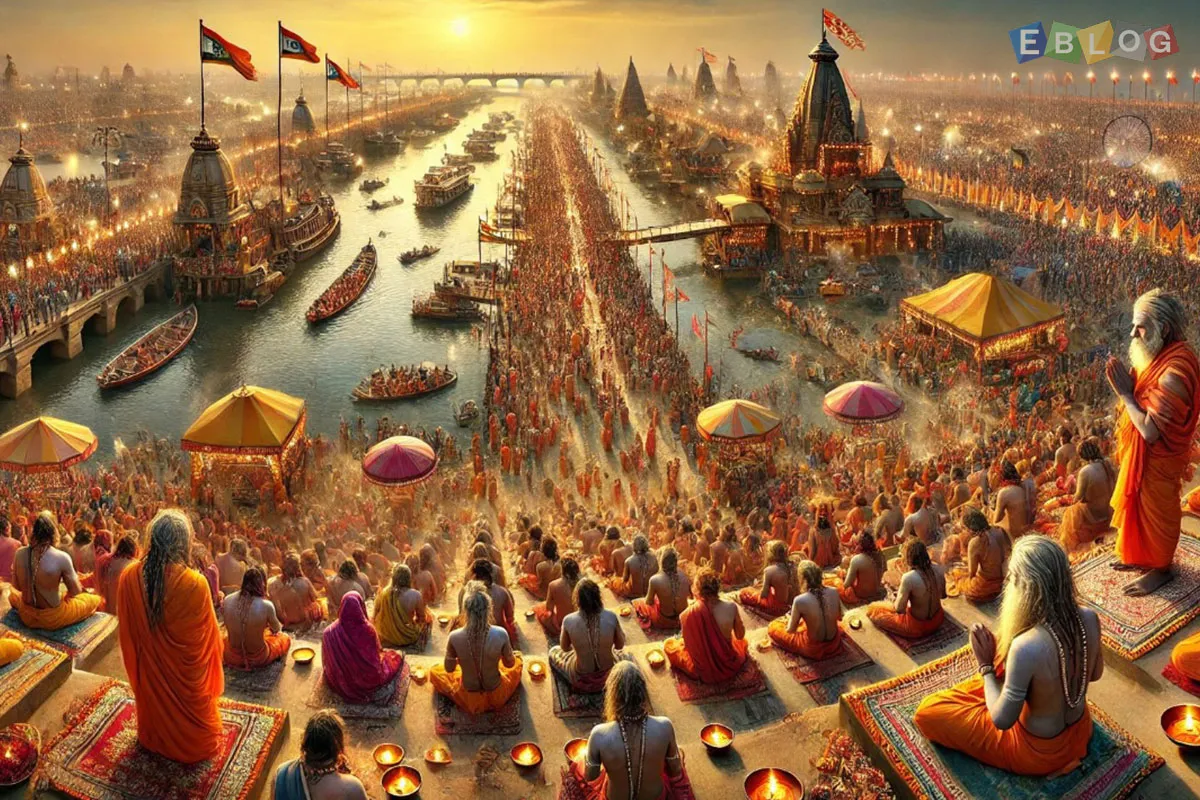
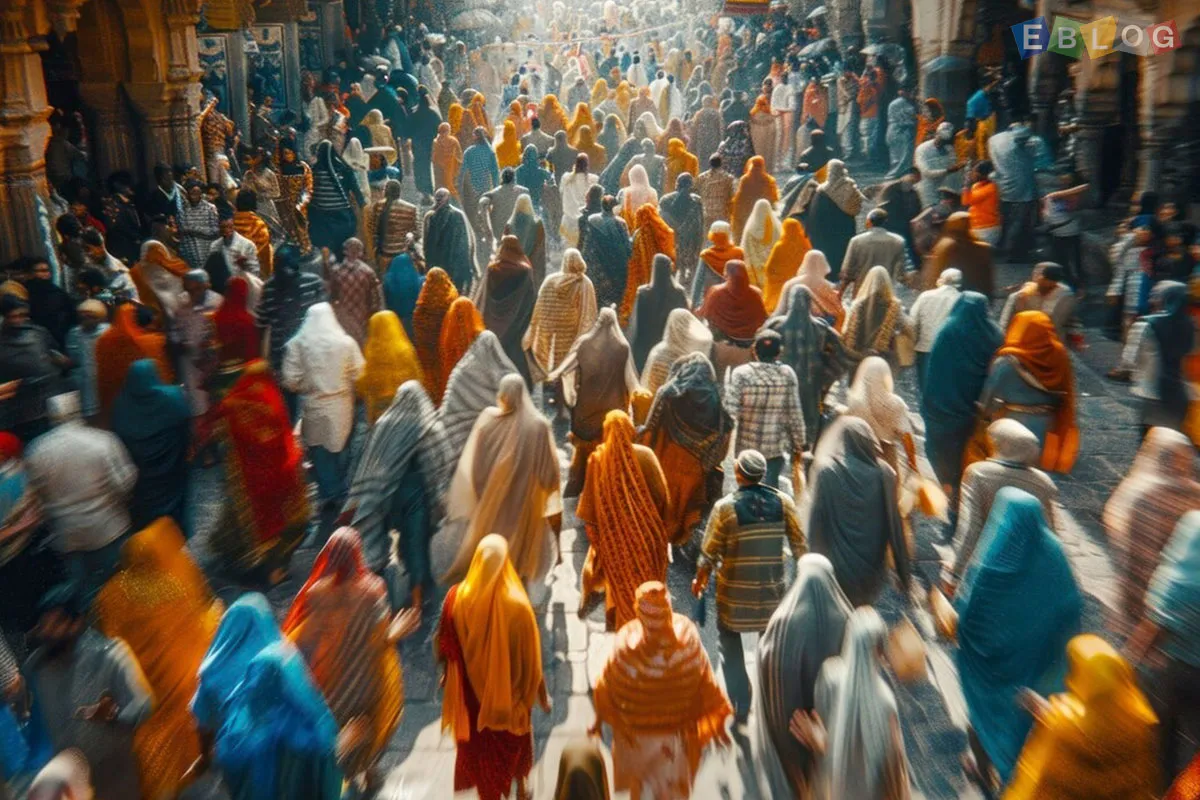
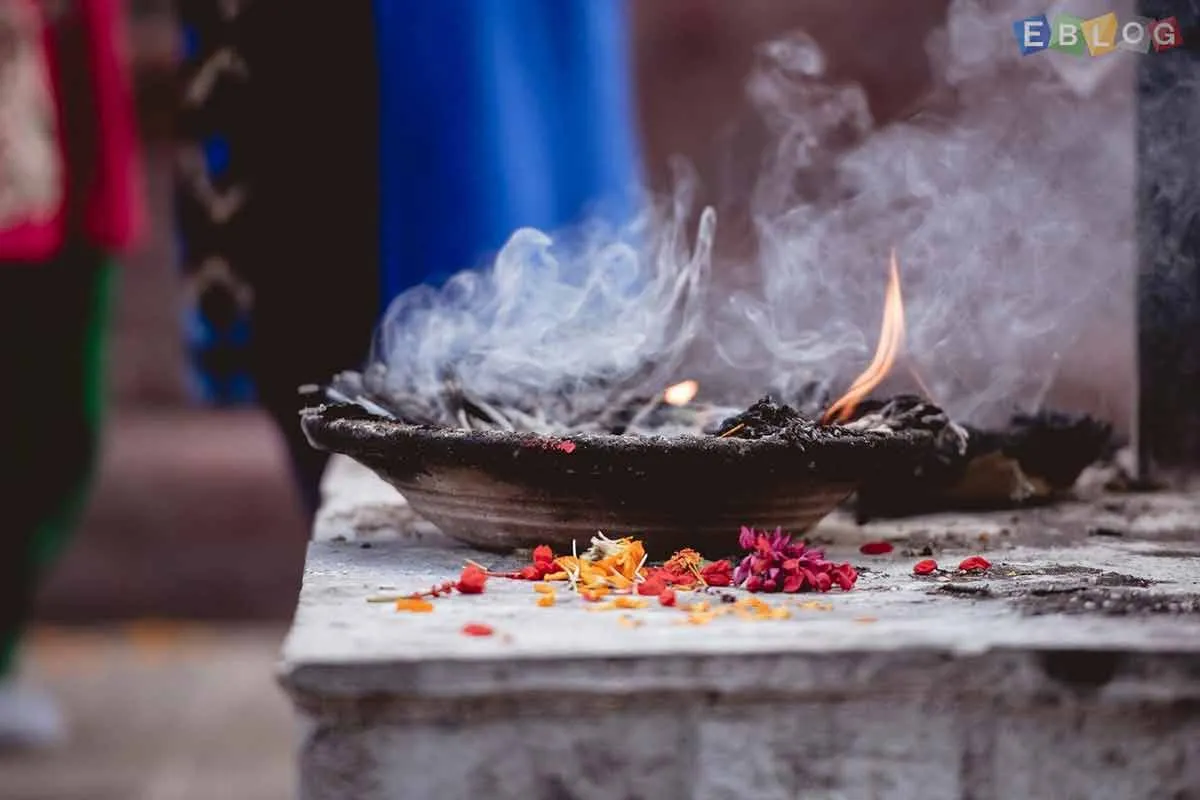
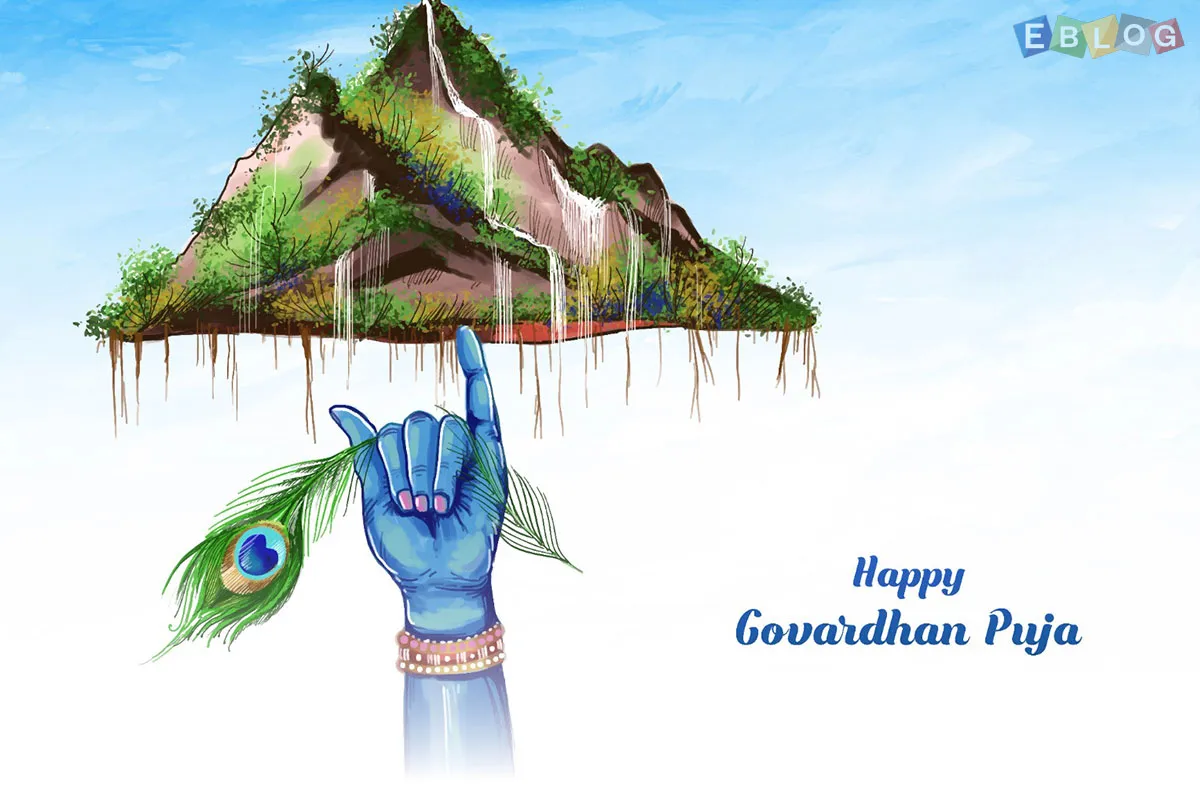
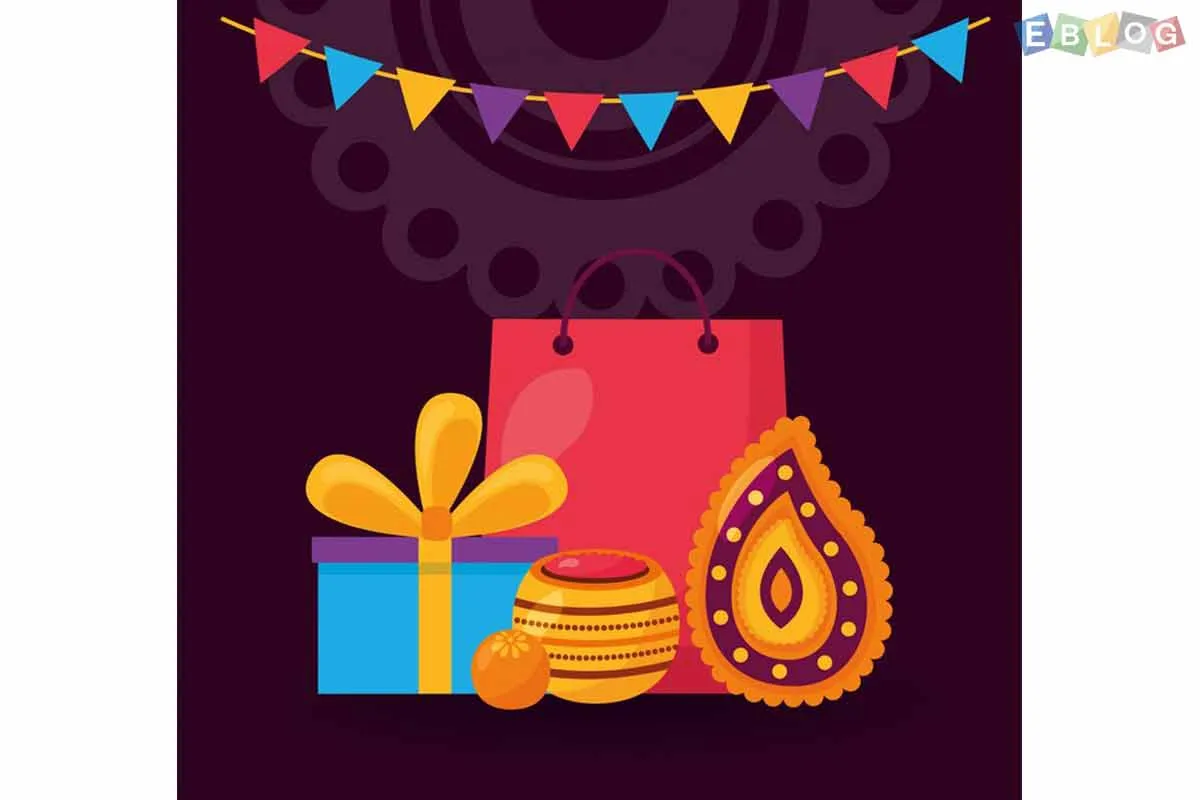
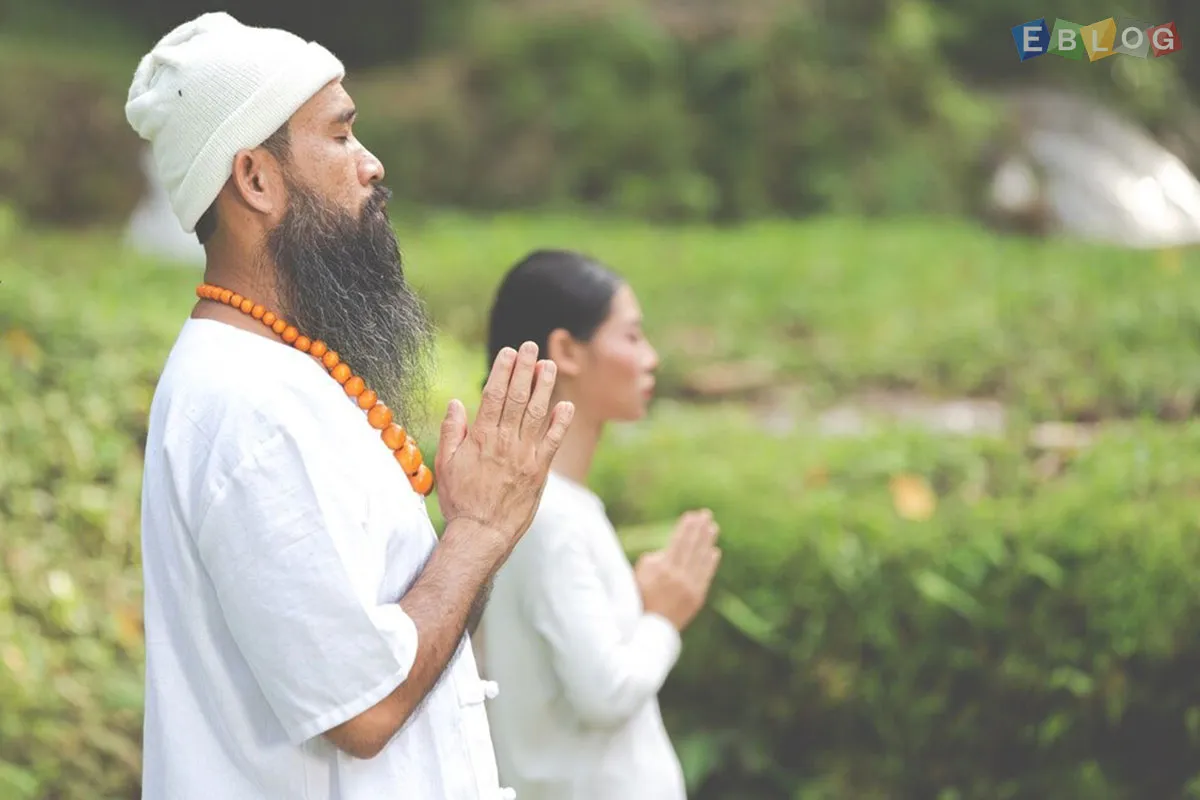
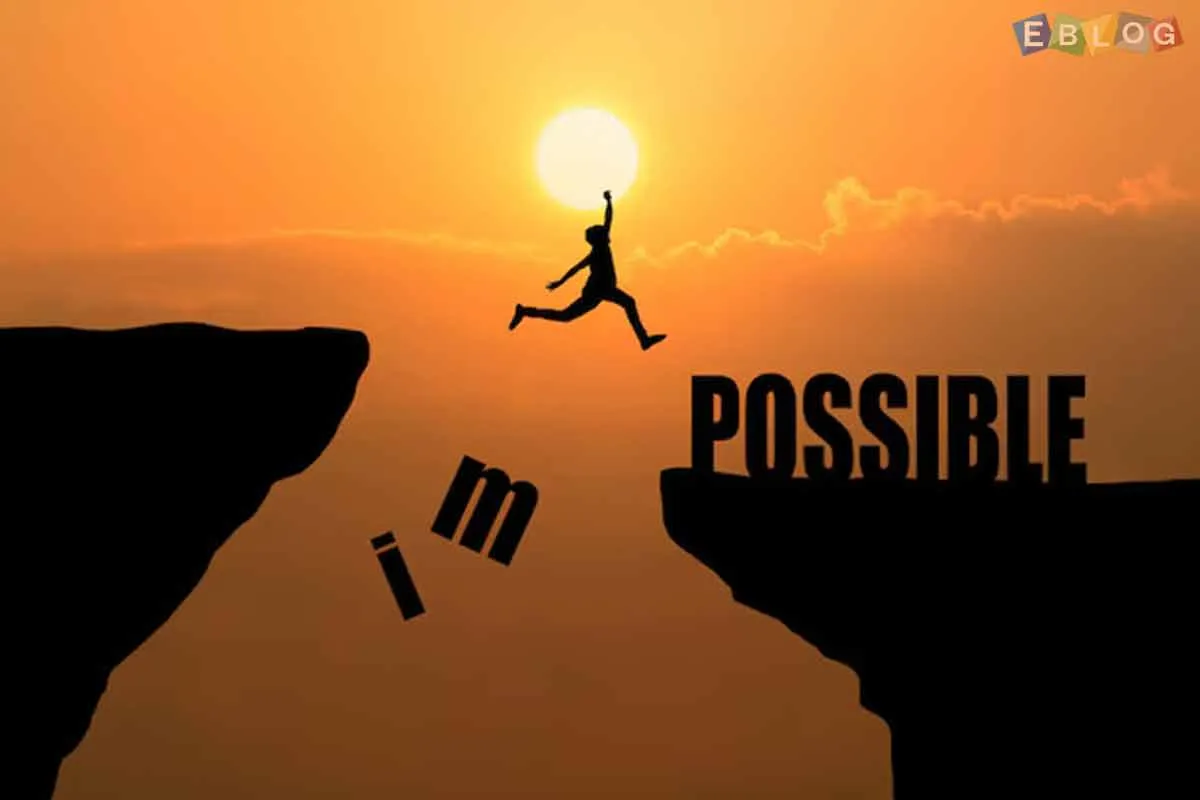
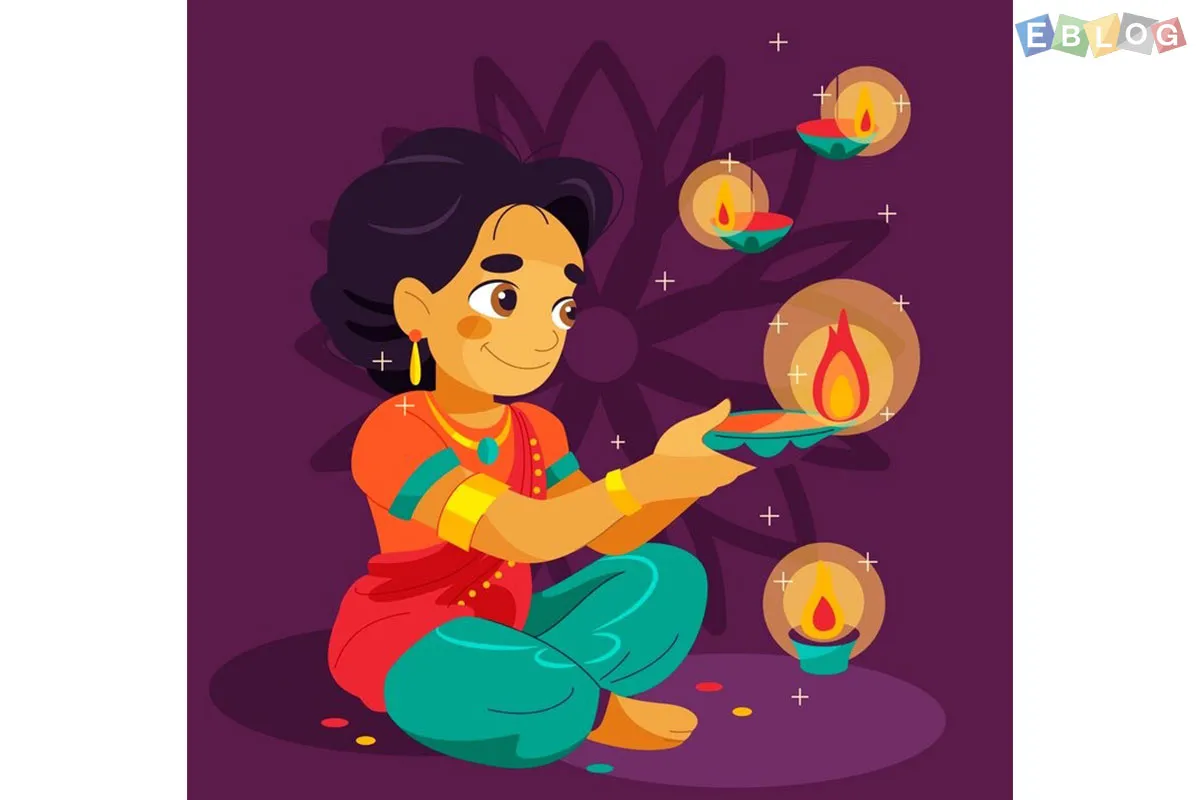
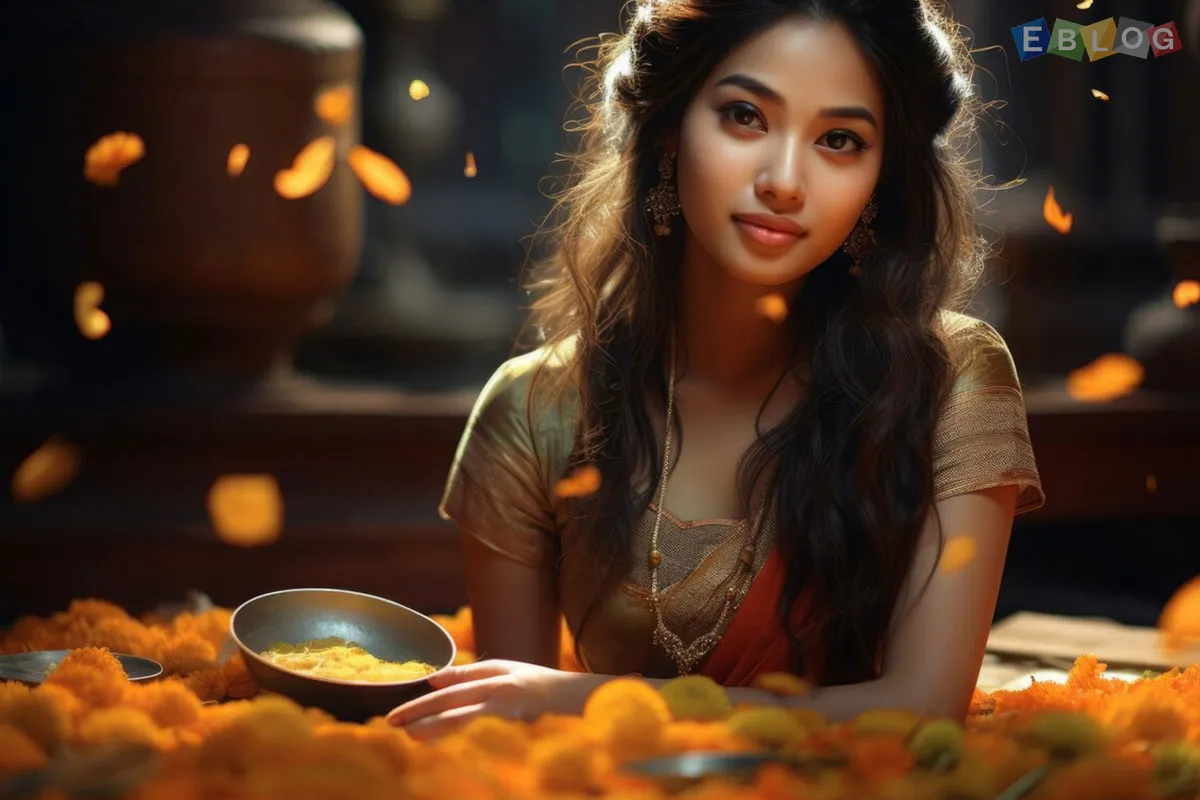

Leave a Reply